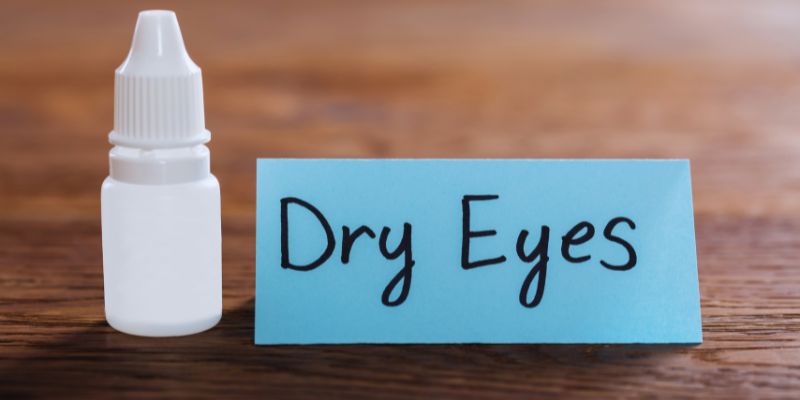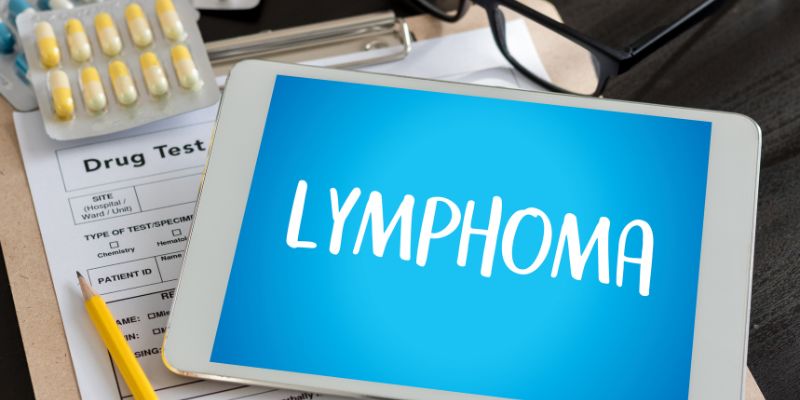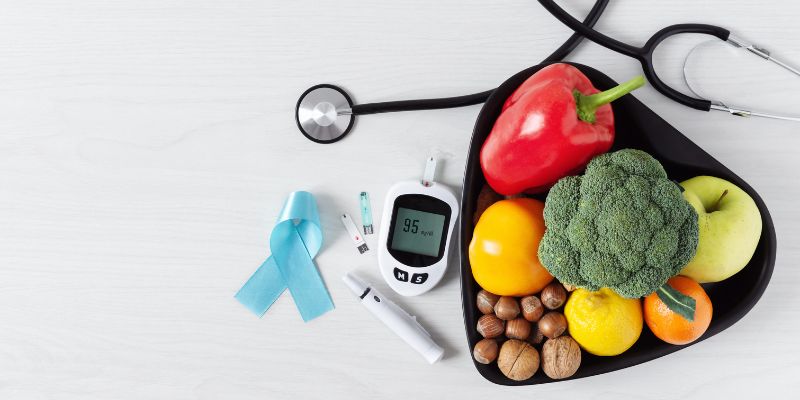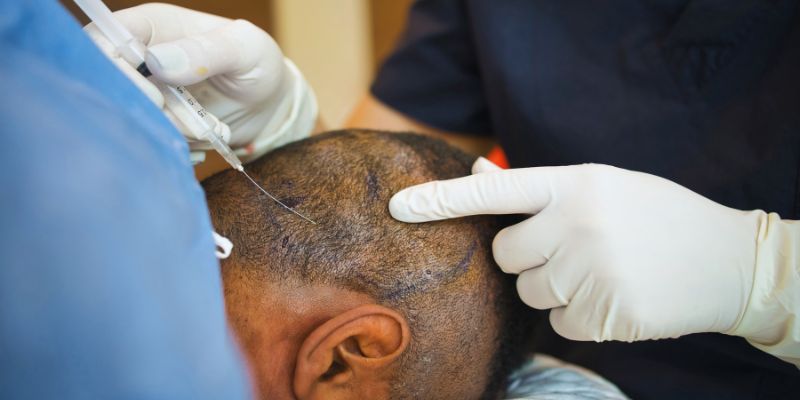What Is Neovascular Age-Related Macular Degeneration: An Understanding
Neovascular age-related macular degeneration (AMD) is the main cause of visual loss in older people. It affects the core of vision, making daily activities like reading or identifying faces challenging. The way this disorder developsabnormal blood arteries under the retina create fluid leaks that harm the delicate structures in charge of clear sightmakes this illness more worrisome. Although the beginning may be unexpected and worrying, knowing the symptoms and risk factors will enable you to act quickly.
This guide will define neovascular AMD, discuss how it compromises your vision, and outline the possible treatments. Whether your eyesight has changed or you want to stay informed, knowing about this disorder is essential for preserving your vision as you age. Keep reading better to understand neovascular AMD and eye health protection strategies.
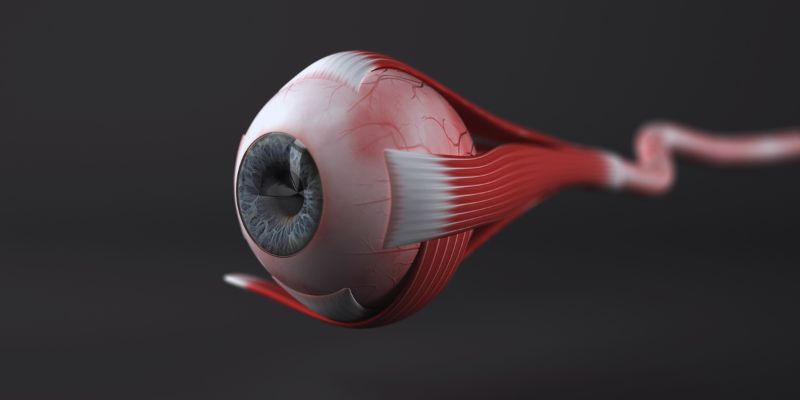
What is Neovascular Age-Related Macular Degeneration?
A severe kind of AMD, neovascular age-related macular degeneration (AMD), is referred to as "wet" AMD. Unlike the more typical "dry" AMD, wet AMD is less frequent but far more severe and causes fast visual loss. Aberrant blood vessels cause this disorder underlying the retina. Retinal tissue injury and scarring might result from fluid, or blood leaks these veins cause. Over time, the leaking greatly reduces sight and distorts vision.
Your vision is mostly impaired; hence, daily tasks like reading and face recognition become challenging. Straight lines seen as wavy or deformed are one of the first indicators of wet AMD. Fine detail viewing decreases as the illness advances. If any symptoms develop, early identification and treatment are crucial to stop more vision loss; hence, seeing an eye care practitioner is advisable.
Symptoms of Neovascular AMD
One must first recognize the symptoms of neovascular AMD. Though faint at first, early symptoms grow more noticeable over time. Typical indicators include:
- Blurry Vision: One or both of your eyes may show blurriness of vision. It makes seeing faces difficult, as well as reading.
- Wavy Lines: Straight lines are twisted or warped. It might influence your perspective on stuff in your surroundings.
- Dark Spots: Your inner vision can show black or empty spaces. These can filter some of what you view.
- Color Changes: Colors can seem less vivid. You can struggle to tell apart like colors.
- Difficulty with Low Light: It could be tougher to see under low lighting, making navigation in the evening difficult.
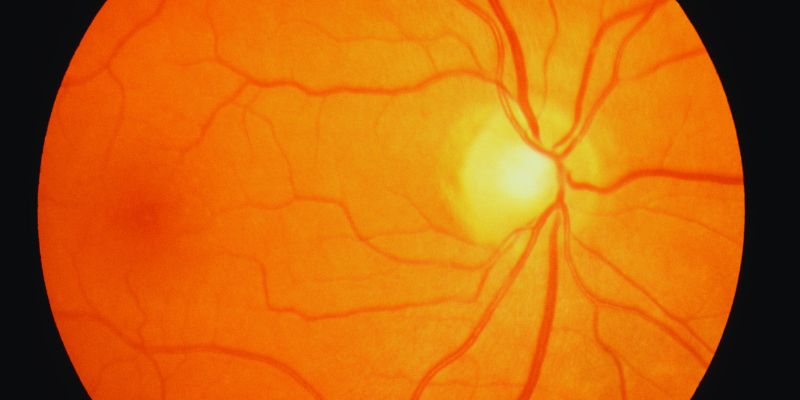
Risk Factors for Neovascular AMD
Several things can raise your risk of neovascular AMD. Preventions depend on an awareness of these risk factors. Common risk factors include these:
- Age: The main risk element is age. AMD runs more likely in those above 50.
- Genetics: Your risk rises if AMD runs in your family. You are more likely to acquire it if your parents or siblings have it.
- Smoking: One major risk element is smoking. It can cause retinal injury and raise AMD risk.
- Obesity: Being overweight raises your risk. It can cause additional medical problems influencing the eyes.
- High Blood Pressure: Hypertension can compromise blood vessels in the eye. It might cause AMD.
- Poor Diet: AMD can be brought on by a diet devoid of fruits and vegetables. The health of the eyes depends critically on nutrients, including antioxidants.
- Exposure to Sunlight: Extended UV light exposure could raise risk. Sporting sunglasses will help shield your eyes.
- Cardiovascular Disease: Conditions that compromise blood circulation can cause AMD. It covers high cholesterol and cardiac illness.
Diagnosis of Neovascular AMD
Accurate diagnosis is essential. If you have symptoms, you should have an eye checkup. Eye specialists identify neovascular AMD using different techniques. Among them are:
- Visual Acuity Test: This test gauges your sight. You will read letters from a chart at several distances.
- Amsler Grid Test: This basic test finds visual issues. You will view a line grid. If the lines seem wavy or twisted, AMD may be indicated.
- Dilation Examination: The doctor will widen your pupils using eye drops, which helps you see the retina better. The doctor will also search for fluid leaks and aberrant blood vessels.
- Optical Coherence Tomography (OCT): This imaging examination produces the retina in great clarity. It can exhibit any fluid accumulation or edema under the retina.
- Fluorescein Angiography: This test injects a dye. The physician snaps images of the retina to check for blood vessel leaks.
Treatment Options for Neovascular AMD
Neovascular AMD can be treated using several approaches. The degree of the disease determines the correct course of therapy. These are some typical therapies:
- Anti-VEGF Injections: This is the most often used treatment for wet AMD. The doctor puts injections right in the eye. These injections turn off a protein known as VEGF, which fuels the aberrant growth of blood vessels. Reducing VEGF can assist in halting eyesight decline.
- Photodynamic Therapy: This treatment employs a laser and a medication sensitive to light. The medication is given intravenously. When directed at aberrant blood vessels, the laser activates and kills them.
- Laser Surgery: Sometimes, aberrant blood vessels can be eliminated with a laser. Because anti-VEGF medications are so successful now, this is less common.
- Low Vision Rehabilitation: If visual loss develops, rehabilitation can assist. It could entail instruction using specialized tools to improve your vision.
- Lifestyle Changes: Choosing a healthy lifestyle will help to slow down AMD development. Eating a balanced diet, working out, and giving up smoking will assist in preserving your vision.
You really should follow the advice of your eye doctor. Frequent visits will enable you to monitor your situation.
Conclusion:
A major eye disorder causing fast vision loss is neovascular age-related macular degeneration (AMD). Management of this disease and controlling its spread depend on early discovery. Identifying the symptoms, knowing the risk factors, and getting early treatment will assist in preserving your vision. Maintaining eye health can be much improved with lifestyle adjustments and anti-VEGF injections, among other therapeutic choices. See an eye doctor immediately if you show any symptoms of neovascular AMD to investigate the best line of action. Maintaining your quality of life depends on protecting your eyesight as you age.

